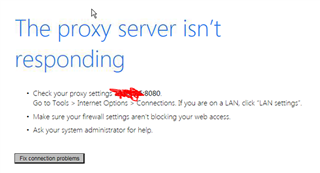Seemingly since the update to 9.605-1, though it was not immediately apparent as it doesn't affect all websites, this is however the only change we have knowingly made to our network, we have some windows 7 machines having issues connecting to some websites, all of them are secure sites and work fine in chrome and other browsers, only IE11 seems to be having the problem, they are sites that generally work better or only work in IE11 for some design reason or another so using them through IE11 is a requirement for us. It doesn't seem to be a specific version of IE11 having the issue, however we have narrowed it down to a certain batch of deployed machines that started with the same base image and are at the same windows update level, updating IE11 does not seem to have affected the issue.
Has anyone else experienced this? Some of these sites are sensitive by the nature of the industry and I'd prefer not to share their URL's however sony.com.au also fails with the same problems, outlook.com, google.com and newgrounds.com for example work fine.
We manually set our proxy settings and do not use it in a transparent fashion, we also do not scan or man-in-the-middle our HTTPS traffic, and we only use the UTM as a web proxy and an email spam gateway.
There do not appear to be any errors in the logs of the UTM and in the web proxy logs there are no DENY entries in the log.
This thread was automatically locked due to age.



